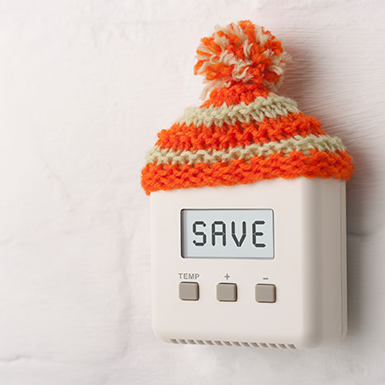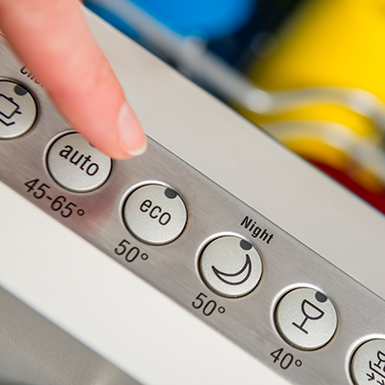A Guide to New Energy Ratings
As of 1st March 2021, new energy labels will come into effect. The simpler, A to G energy scale more widely understood by consumers, will supersede the current A+++ to G scale.
Since being introduced twenty years ago, energy labels were awarded an A for high efficiency and a G for low efficiency. Over time, the scheme evolved and labels of A+, A++ and A+++ were added, increasing confusion for consumers.
‘Energy efficiency first’ is the key directive and core principle behind the Energy Union strategy. By introducing new and simpler energy labelling, the Union hopes to further cut emissions, bring savings to consumers and reduce the EU's fossil fuel import dependency.
Since being introduced twenty years ago, energy labels were awarded an A for high efficiency and a G for low efficiency. Over time, the scheme evolved and labels of A+, A++ and A+++ were added, increasing confusion for consumers.
‘Energy efficiency first’ is the key directive and core principle behind the Energy Union strategy. By introducing new and simpler energy labelling, the Union hopes to further cut emissions, bring savings to consumers and reduce the EU's fossil fuel import dependency.
Appliances & Energy Efficiency
Based on the unit rate of 0.19p per kWh, the table below shows the average energy consumed per appliance per year.





